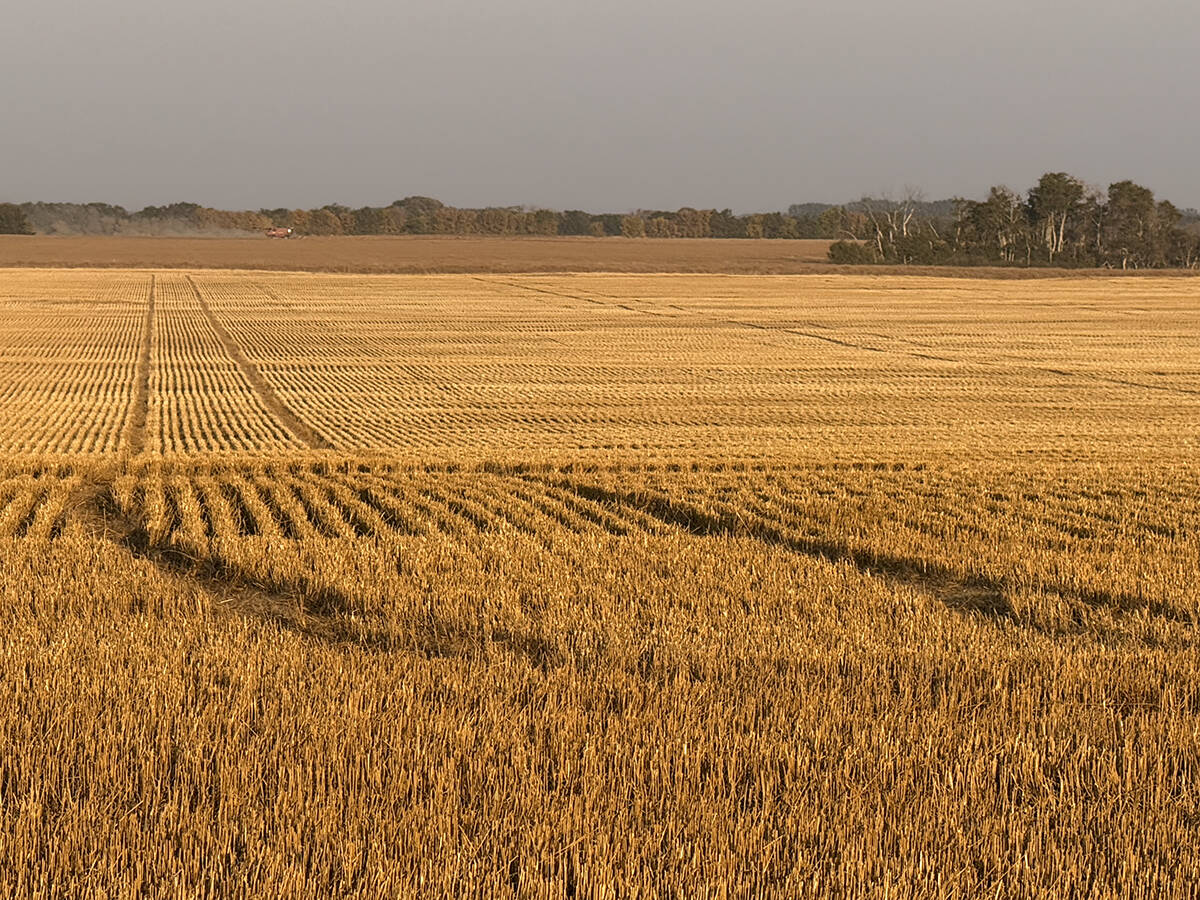Plant scientists will have their work cut out for them if Saskatchewan farmers grow more than four million acres of trees for agroforestry, says an industry official.
Cees van Roosten, a forestry consultant and vice-chair of the Poplar Council of Canada, said new and improved varieties of hybrid poplar would have to be developed specifically for Saskatchewan.
“Four million acres will require varieties better suited to prairie conditions, with cold hardiness and disease,” he told an agroforestry conference in Saskatoon.
Hybrid poplars are crosses between native selections and introduced species that exhibit superior traits.
Read Also

Final crop reports show strong yields, quality
Crops yielded above average across the Prairies this year, and quality is generally average to above-average.
There are now six cloned varieties of hybrid poplar, the tree most favoured for agroforestry because of its rapid growth. A clone is produced from a cutting from an original seedling plant that maintains the identical genetic character of the original ancestor.
“We’re OK with six clones for now, but if we’re going to go large scale cropping, we’ll need a much broader genetic base,” van Roosten told the conference.
For example, the disease septoria stem canker is one of the biggest potential problems facing agroforestry on the Prairies. It can cause large stems to break off the hybrid poplar trees.
“We really need a concerted effort to find something that is resistant and to build in long-term resistance,” he said.
Leaf rust is another damaging disease, while better drought resistance and cold hardiness are also areas for scientists to pursue.
Assuming suitable varieties are developed and planted, weed control will be another production issue.
A study by researchers from Agriculture Canada and the University of Saskatchewan concluded that weed management is the most critical cultural practice in poplar farming.
“Weed issues can, if controlled, double crop production, or if not, result in no crop,” said the study, noting that poplar farming is not possible without effective weed management.
Weed control starts when selecting planting sites and row spacing. Experienced growers have had good results using direct seeded grain stubble if moisture is adequate and perennial weeds are not present. After about four years of weed management, it becomes less of a problem as the trees’ canopies begins shading the ground and limiting weed growth.














